Menu
Trees are one of nature’s greatest gifts. They provide fresh air, shade on a hot day, curb appeal, and even fruits and nuts for your table. In fact, many homeowners love their trees so much that they consider them part of the family. But here’s the thing: trees need care just like people do. Without it, even the most beautiful tree can turn into a safety hazard.
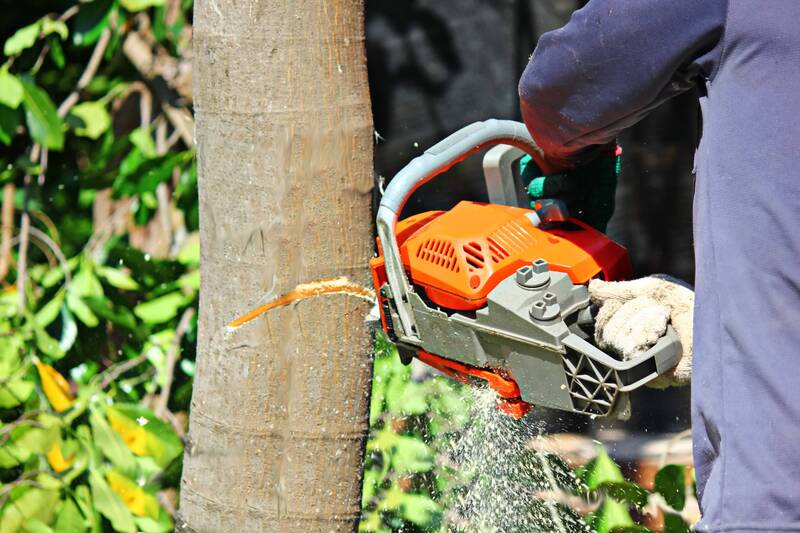
Whether you own a home, manage a property, or just want to avoid an unexpected visit from a chainsaw crew, it's important to understand the risks trees can pose - and how to keep those risks in check. This article brought to you by Driscoll Tree Service gets into exactly that. If you suspect an emergency and need urgent tree service in Loganville, then call us to get in touch with a tree care specialist.

At first glance, a tree might look strong and magnificent, but trouble can be brewing behind the bark or under the soil. For example, a tree might have a cracked trunk, weak limbs, or a root system that’s slowly damaging your foundation. In Georgia, where storms can form quickly and summer heat can stress even healthy trees, these hidden issues can turn dangerous fast.
Dead or dying branches are often the first sign of trouble. They may break off during a storm - or even on a calm day - and cause damage to cars, roofs, or anyone unlucky enough to be underneath. If the tree itself is leaning, hollow, or losing bark, then it might be at risk of falling completely.
That’s when tree removal becomes necessary. At Driscoll, we don't like the idea of cutting down a tree, but sometimes it’s the only safe option.
The branches might get all the attention, but the roots of a tree does the heavy lifting. However, these dedicated tree roots grow in search of water and can find their way into sewer lines, under sidewalks, and even through the foundation of your home. Over time, they can cause cracks, clogs, or raised pavement that leads to tripping hazards.
If you’ve noticed slow drains, uneven walkways, or cracks in your driveway, then it could be tree root damage. The pros at Driscoll can help assess whether the roots are to blame and suggest solutions to prevent further harm.
Another common problem is when trees grow too close to power lines or nearby structures. Tree limbs that touch power lines can cause outages, sparks, or even fires. And if your tree falls across your neighbor’s yard, fence, or house, then you could be held responsible for the damage.
That’s why it’s a good idea to keep an eye on how close your trees are to important areas. If they’re growing too wide or too tall, then it may be time for trimming. A reputable tree company like Driscoll can have those healthy trees looking good and on good standing.
The good news is that most tree-related hazards can be prevented with regular care. Just as you go to the doctor for a check-up, your trees need attention now and then to stay healthy and safe.
For example - Routine pruning keeps branches strong and properly spaced. This helps reduce the chance of broken, and falling, branches. Seasonal inspections can catch signs of disease, rot, or pest infestations before the damage spreads.
Knowing when to call for help can make all the difference between a healthy yard and a costly disaster. Certified arborists understand the signs of trouble and know how to handle trees safely.
If you’re not sure whether a tree on your property is healthy, or if you’ve noticed large dead branches or cracks in the trunk, then call Driscoll Tree Service to consult with a member of our experienced tree care professionals. Our live representatives and tree care specialists are on standby to address questions or concerns, schedule an appointment, or arrange urgent assistance for as soon as possible.
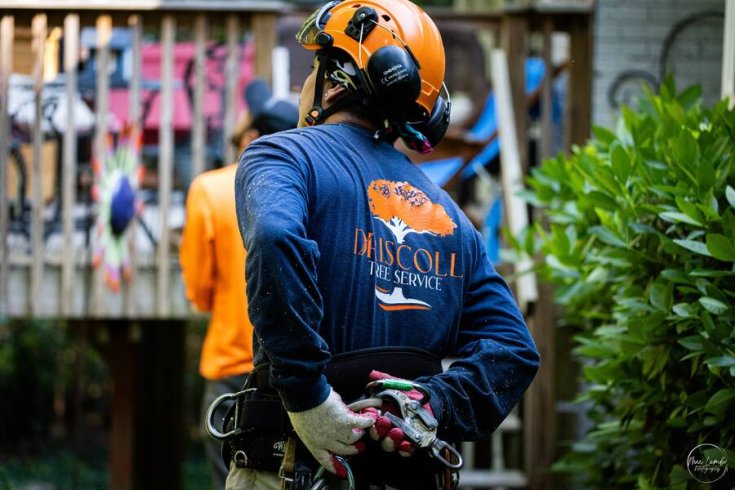
How Can Arborists Improve Your Yard As a property owner, hiring a professional tree service provider in Buford, GA to improve your yard can add significant value to your property. A certified arborist leverages extensive knowledge and experience to inspect,…
Read More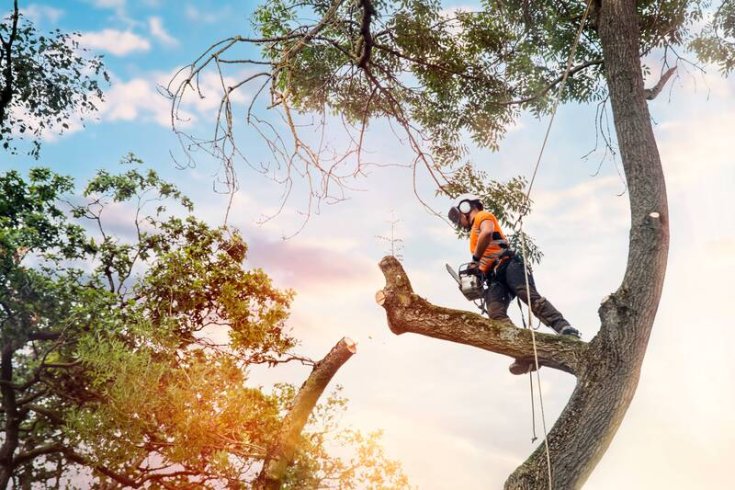
Tree Care Tips to Avoid Costly Damage Entropy is the natural direction of things. Left alone, everything tends to drift toward disorder – and your yard is no exception. Picture a forest untouched by human hands: vines tangled around tree…
Read More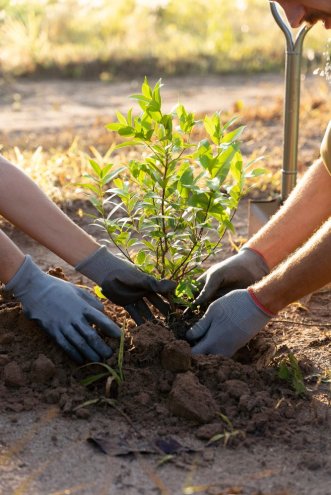
Facts About Winter Tree Planting Planting trees is a major decision that requires consideration of crucial factors like planting time, soil quality, tree type, and tree placement. While most people often avoid landscaping projects during the cold months, winter is…
Read More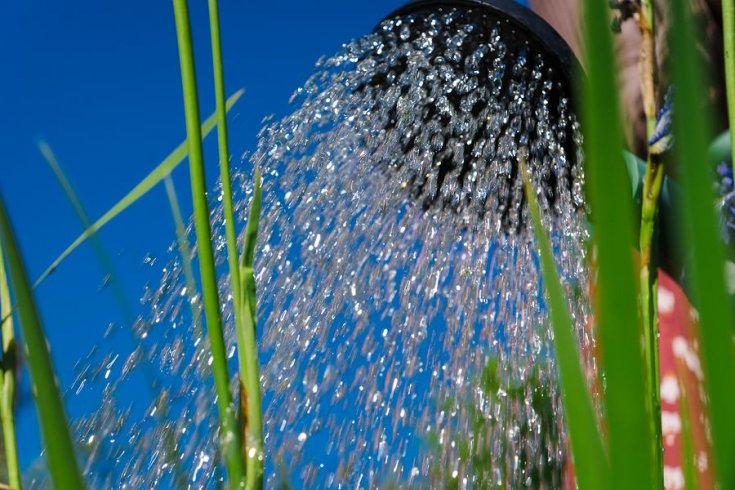
How to Properly Care and Watering Your Trees Proper watering is one of the best ways to ensure your trees remain in optimal condition throughout their lifespan. With climate change affecting vegetation across the globe because of drought, Driscoll Tree…
Read More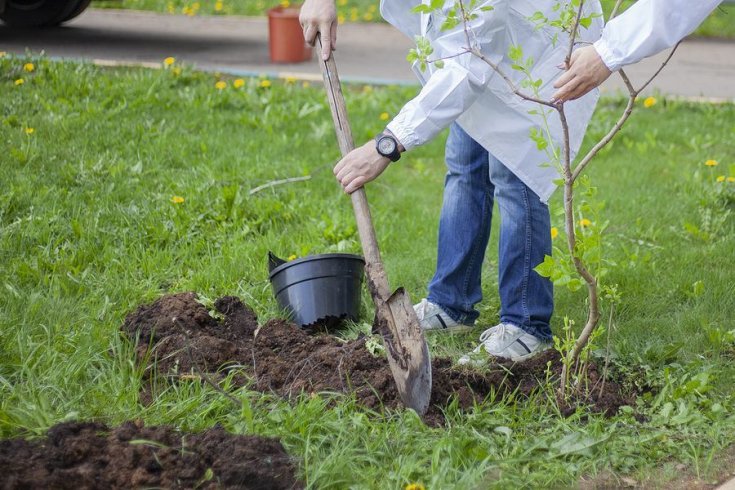
Best Trees to Plant for Shade A good shade tree is a must if you live in an area where the temperatures tend to rise in the spring and summer. Choosing the right trees can not only offer a cool…
Read More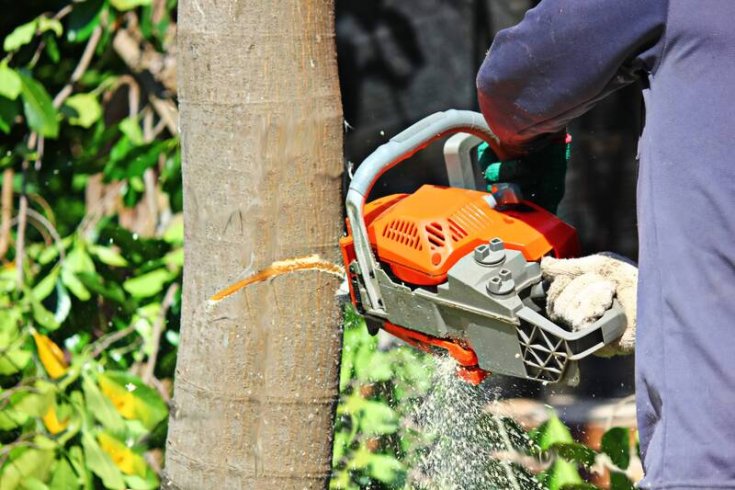
Debunking Common Myths About Tree Removal Trees are magnificent entities that provide many advantages. However, different circumstances like disease, infestation, landscaping needs, or severe damage may prompt tree removal services. While healthy greenery is an asset for property owners, when…
Read More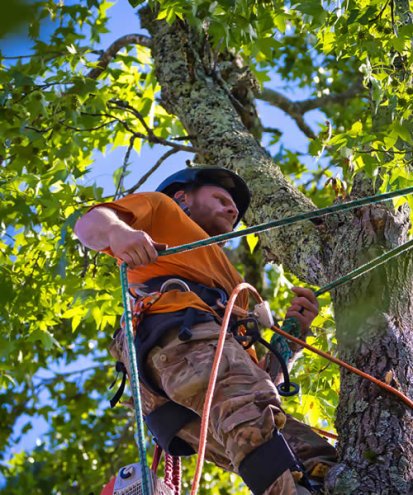
Eco-Friendly Tree Removal Trees are valuable entities in our ecosystems, providing habitats for wildlife, absorbing carbon dioxide, and improving the planet’s overall health. However, there are instances when tree removal is the best option to protect your yard from diseases,…
Read More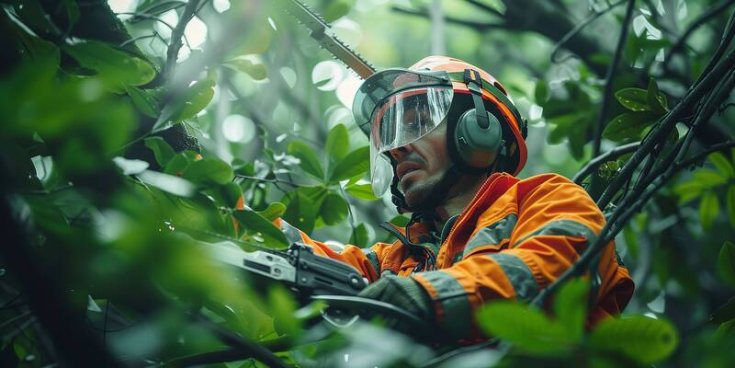
Different Types of Trees Should Be Trimmed at Different Times Towering, intricate, and surprisingly sensitive, trees are among the most impressive living things on Earth. For Metro Atlanta property owners, trees are a central part of the landscape. These functional,…
Read More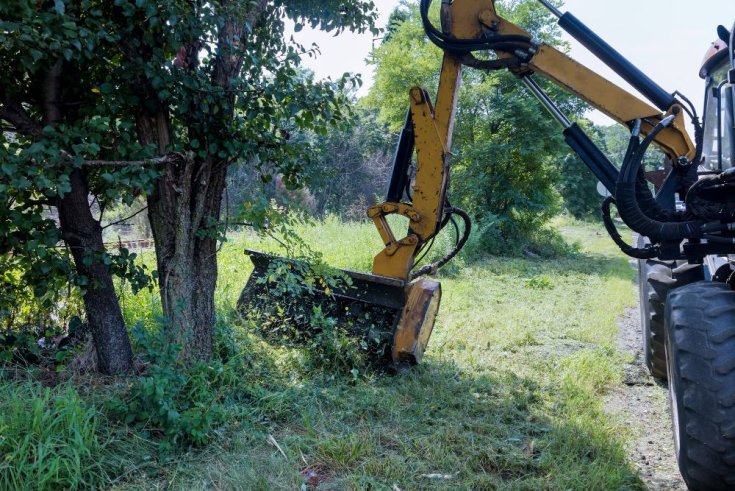
Common Land Clearing Mistakes You Should Avoid Land clearing is an essential step in many residential and commercial development projects, whether building new infrastructure, expanding urban areas, or creating agricultural fields. However, the land-clearing process can be overwhelming, increasing the…
Read More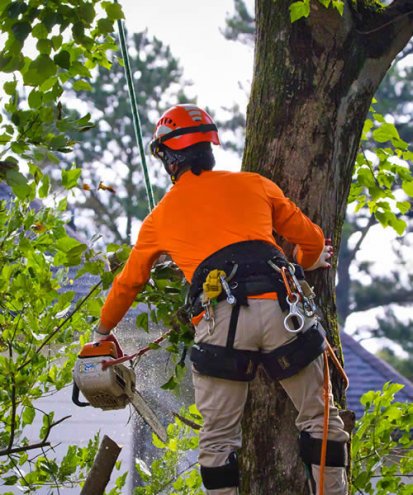
Tree Trimming & Pruning Mistakes to Avoid Do you have trees on your property that seem in bad condition due to improper tree trimming techniques? This is a common problem that most people make, compromising the health and well-being of…
Read More